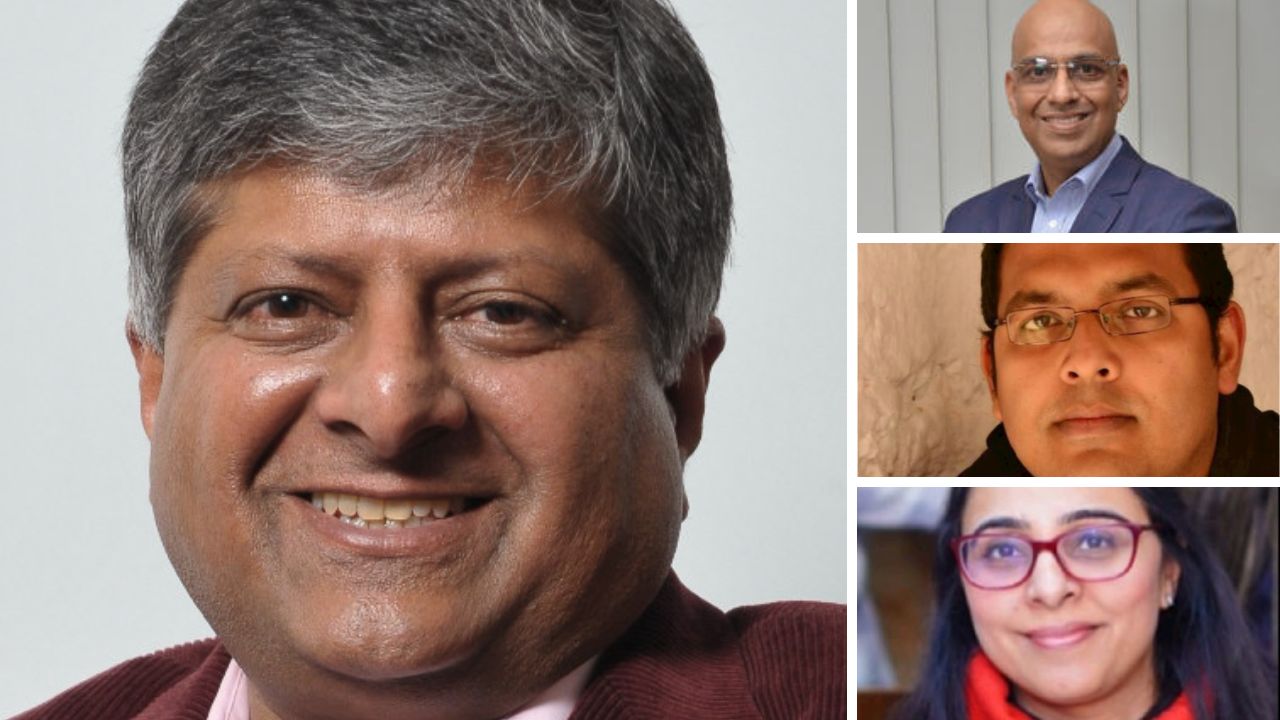The days of generic marketing campaigns reaching everyone and hoping for the best are long gone. Modern marketers bank on targeting to reach audiences truly interested in their offerings. Tools like demographics, location, and behavioural targeting help brands fine-tune their message and replacing the outdated New Consumer Classification System (NCCS) with the Indian Socio-Economic Classification (ISEC) system is a step taken in that direction.
“ISEC will help marketers and advertisers in targeting their audience better,” said CEO IPG Mediabrands India and Broadcast Audience Research Council (BARC) chairperson Shashi Sinha. According to Sinha this classification is a far superior one and works better for marketers.
“This will especially help the niche and premium brands,” Sinha said.
The ISEC proposed by the Market Research Society of India (MRSI) is under review by BARC. Stakeholder consultations will guide the decision on adopting this new classification system.
The journey from NCCS to ISEC
India was operating with a classification system (SEC) built and launched in 1988 but since this was an urban classification system based on the education and occupation of what they called CWE or the chief wage earner, marketers increasingly felt the system was not a strong enough indicator of affluence. Additionally, there was no official rural classification endorsed by MRSI. NCCS was the answer that was launched in 2011. The classification took into consideration education of the CWE multiplied with the assets they owned.
But NCCS also started posing its own set of challenges with the changing audience profile and consumption pattern. According to MRSI analysis of BARC’s experience from 2018, “NCCS was becoming increasingly less discriminatory in terms of viewership. Certain ‘niche’ groups of genres or channel types (e.g. English, HD, Business etc.) were ‘democratic’ in terms of viewing patterns across NCCS. This demonstrated that discrimination on social parameters was weakening. As a result, the system was less efficient for use by stakeholders to make adequate programming or advertising decisions.”
They system they said they were looking for should have a shelf life of five years, should be discriminating, should work in both urban and rural and should be easy to administer.
ISEC was in the works since then and is now being rapidly integrated into the stakeholder ecosystem.
Socio-economic classification enables brands and agencies to understand their target audience’s behaviour and profiles and set price points. Updates to the current socio-economic classification is critical given the changing landscape of Indian households. ISEC addresses this with classification using household education and occupation profiles. Interestingly, ISEC is the first classification which has taken a woman into account. It is the first gender-neutral classification in this country.
Why are key stakeholders in favour of ISEC?
As highlighted by Sinha, a sentiment shared by most marketers, achieving successful campaigns hinges on precise targeting.
“As a marketer, you need sharper targeting abilities in order to show the right product portfolio, right communication to the right consumer base,” said Shuvadip Banerjee, General Secretary, MSRI and Chief Digital Marketing Officer of ITC Ltd.
Echoing stakeholder sentiments, Rajiv Dubey, Head of Media at Dabur India, said it is important to consider the change in market demographics.
“The demographics have changed, people have changed, but the business challenge of growth has remained the same. Look at the consumer behaviour in this country. For instance, penetration of oral and tooth care was 60-65 percent but haircare was also the same, saturation is happening in a lot of categories. The complexity of media is also there. All of these factors must be considered,” Dubey said.
From a media investments agency point of view Jasmine Sachdeva, managing partner, Wavemaker India said, “The explosion of media choices and evolving ad receptiveness demands a shift in how we reach consumers. Media consumption of the audience and their ad receptiveness has changed dramatically. Gone are the days of relying on a handful of channels to reach everyone.”
Read More: Indian advertising industry’s go-to man Shashi Sinha revisits his four-decade long career
